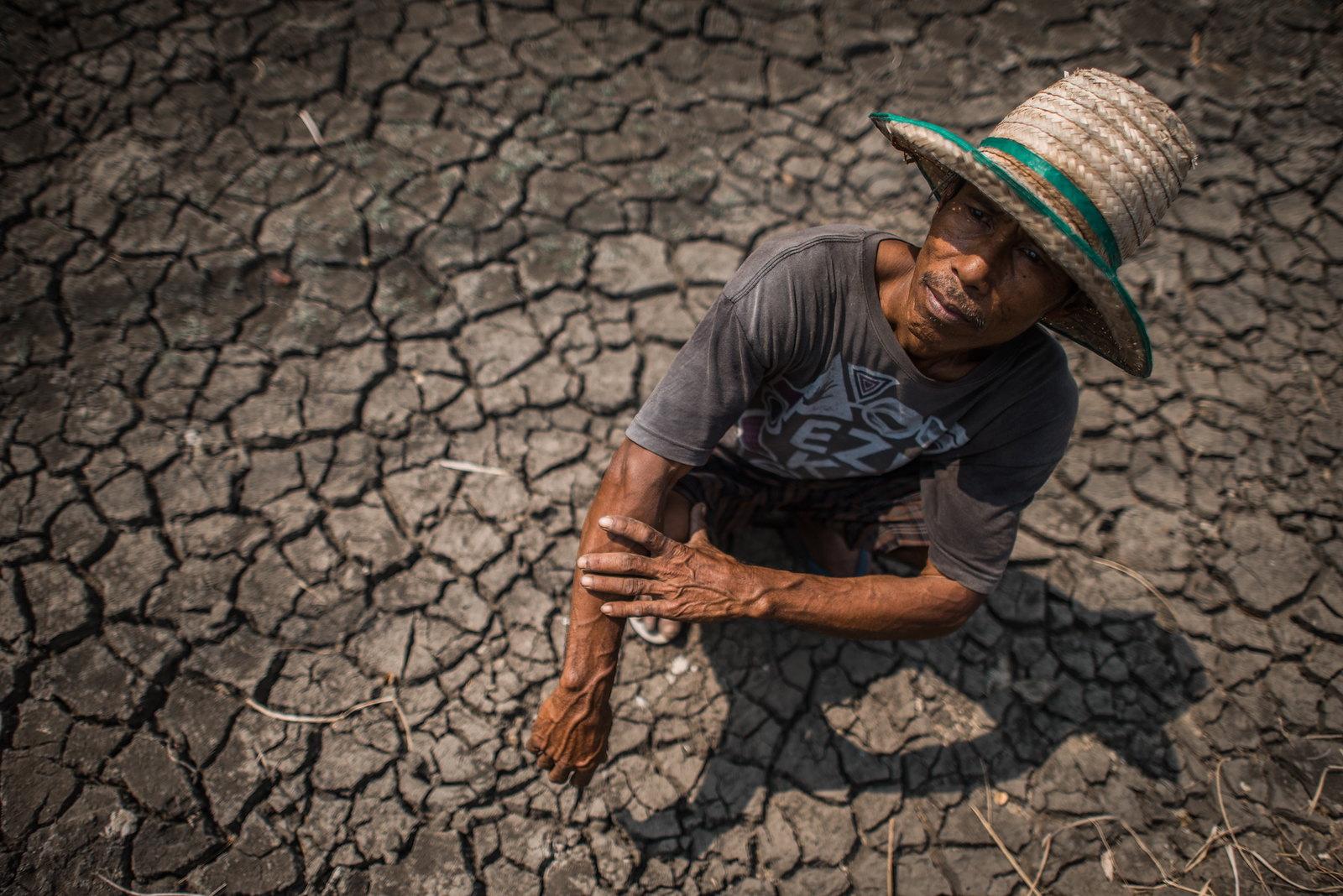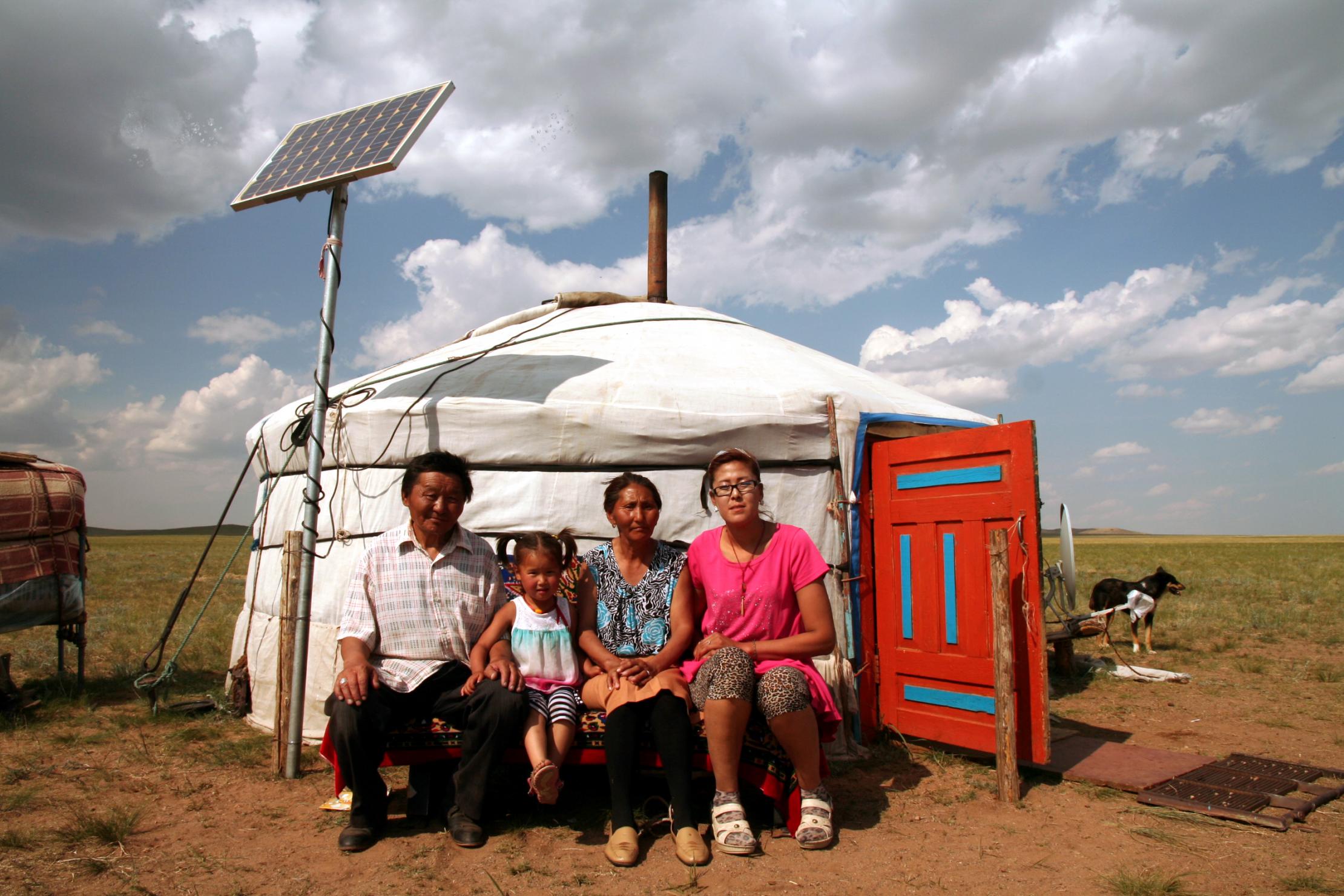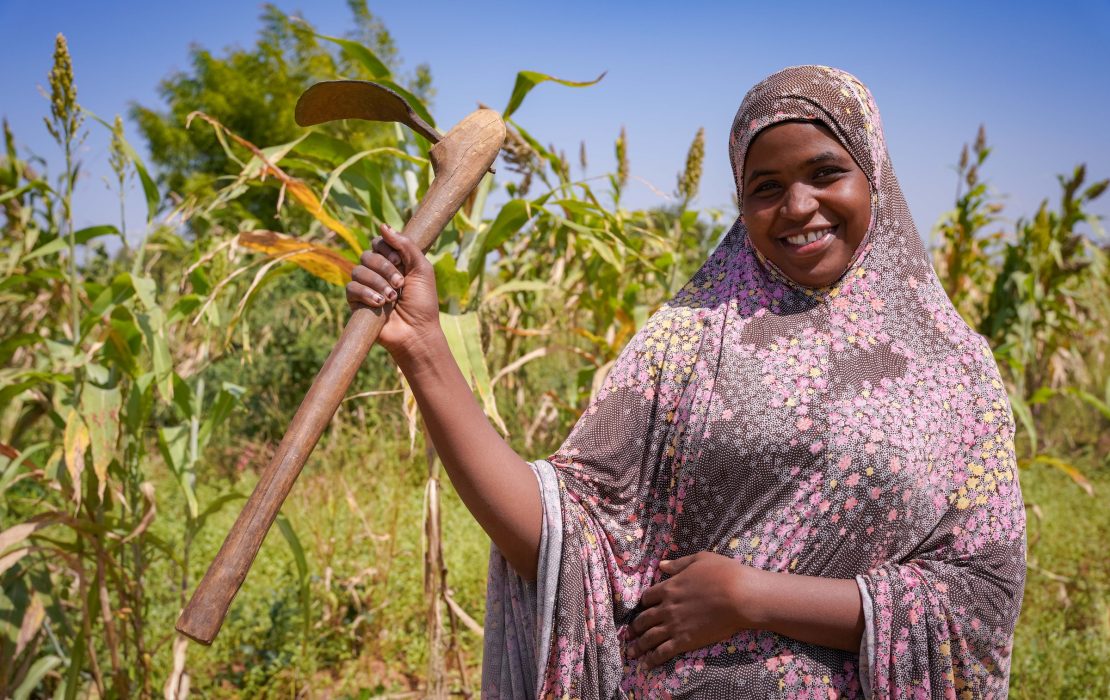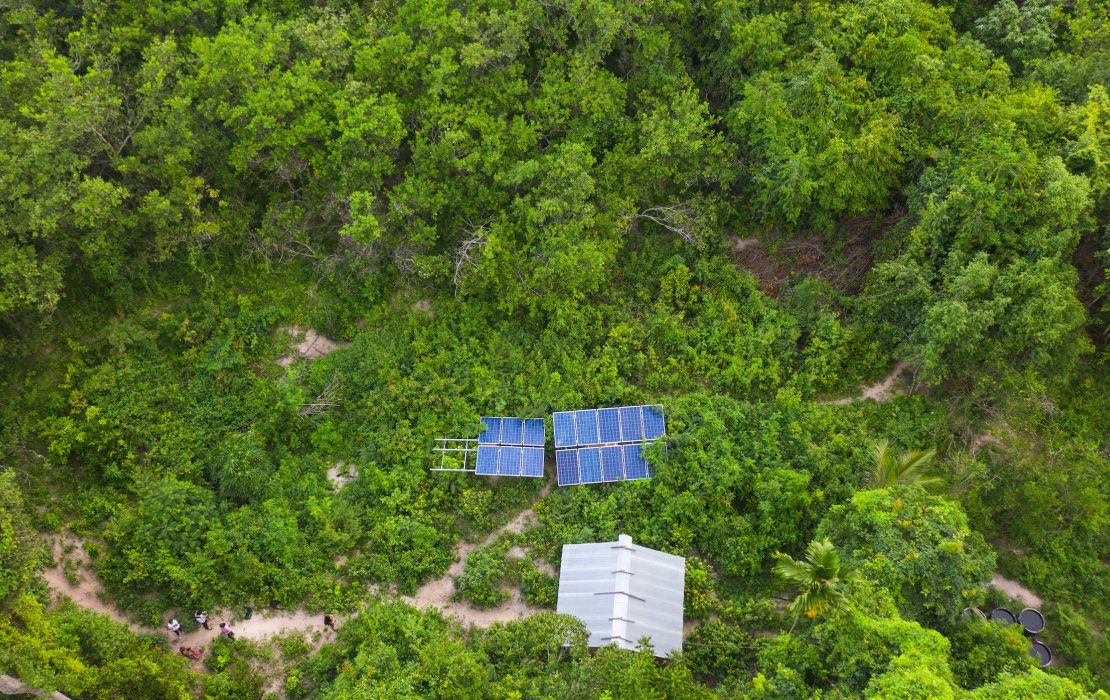
Photo: UNDP Thailand
Last week, parts of the world experienced record temperatures, causing devastating impacts on lives, health and livelihood of people.
Asia Pacific is not an exception. In the region, natural disasters and extreme weather events are becoming more frequent and severe due to the changing climate.
As part of the Paris Agreement, countries have pledged to take climate action through Nationally Determined Contributions (also known as NDCs). UNDP’s Climate Promise initiative has been supporting countries to enhance their second-generation NDCs. As momentum was building last year for more ambitious climate action, we took a step back to ask, how have these NDCs progressed? Is their ambition adequate, are they well-planned and have the financing needed to achieve their outcomes?
Released on the eve of COP26, our NDC Global Outlook Report 2021: The State of Global Ambition attempted to answer these questions by analyzing the climate actions described in the NDCs. Now, in the lead up to COP27, with added regional perspective, we are digging deeper, in our Regional Snapshots.
Here are three things you should know about how the Asia Pacific region is signaling hope:
1. Countries are adopting more ambitious goals on climate mitigation and adaptation.
Of all 41 countries within Asia and the Pacific, 34 have increased their climate adaptation ambitions. Common pathways include developing clearer adaptation targets and aligning those targets to national adaptation agendas. Similarly, 31 countries within the region had also strengthened their mitigation ambitions. We are seeing more countries increase their greenhouse gas (GHG) emission reduction targets, often by including new sectors.
For instance, Bhutan is currently developing its National Adaptation Plan (NAP) which will be integral in meeting their NDC adaptation ambitions. The Bhutanese government has also developed comprehensive mitigation roadmaps for NDC implementation in human settlements, industries, food security, and surface transport sectors. This demonstrates the synergy and complementarity of climate mitigation and adaptation in action.
2. There’s an increased focus on turning policies into actions.
The majority of Climate Promise supported countries in Asia and the Pacific (89 percent) have institutional coordination and stakeholder engagement mechanisms in place for their NDCs. When it comes to implementation of climate actions, three quarters of Climate Promise countries are currently forging ahead to both reduce their national GHG emission levels and adapting to the impacts of climate change. Such action is reflected in how countries are mobilizing finance. More than 75 percent of countries are accessing public financing, including 26 percent accessing private finance.
Such commitment from government is illustrated in Kiribati, where a stocktaking exercise looked at what NDC targets had been achieved to date in order to identify opportunities to develop more ambitious adaptation targets.

A nomadic family near Undurkhaan, Khentii Aimag, Mongolia. Photo: UNDP
3. A number of important concepts have started to gather more attention.
- Net Zero: To achieve the Paris Agreement goals, the global community must work to meet net zero targets as quickly as possible. As high-emitting countries such as China, India, Indonesia, Malaysia, and Thailand have set out visions to achieve net zero in the second half of this century, several other countries in Asia-Pacific region are joining the call and contributing to the global net-zero momentum.
- Inclusion: Compared to first-generation NDCs, countries in the region have strengthened their inclusion considerations, taking into account the different impacts climate change has on women and men. Countries applied these insights to policy and budget decisions during the NDC enhancement process. Such progress on gender equality from countries across the region has contributed to the recently published Framework for Enhancing Gender and Poverty Integration in Climate Finance.
- Loss and Damage: Loss and Damage refers to “the consequences of climate change that go beyond what people can adapt to, or when options exist but a community doesn’t have the resources to access them”. Loss and Damage remains an important issue under negotiation at UN climate talks. Roughly 60 percent of second-generation NDCs from Climate Promise supported countries in the region refer to loss and damage, albeit to varying degrees, which demonstrates the advocacy push on this issue by governments across the Asia-Pacific region.
NDCs are official statements by countries to the international community of how they’re planning to address climate change. Therefore, Asia-Pacific’s second-generation NDCs offer us a glimpse into how we, as a region, are committing to do more. This is a positive sign for our sustainable future. The trends also highlight where more work is needed to be done and bring emphasis to the importance of the agreements that are to be forged at COP27 and beyond to ensure an inclusive and thriving world.
Editor’s Note: If you found this blog useful, explore more about the State of Climate Ambition in our new Regional Snapshots. Dig deeper into the progress taking place in Asia and the Pacific.

